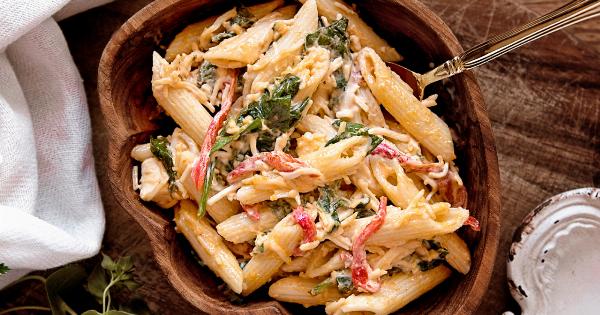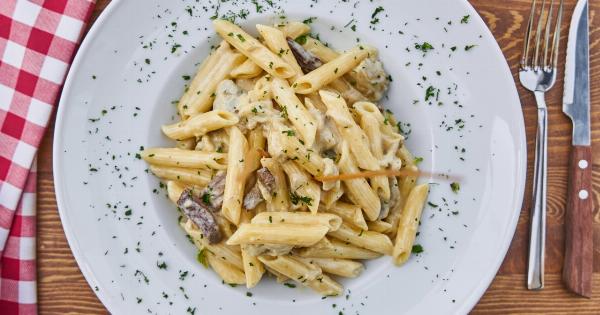Carbohydrates (carbs) are an essential macronutrient that our body needs for energy. However, for diabetics, the intake of carbs needs to be carefully monitored to manage blood sugar levels.
Consuming too many carbs can cause a spike in blood sugar levels, while too few carbs can result in hypoglycemia (low blood sugar). The American Diabetes Association suggests that diabetics should consume 45-60 grams of carbs per meal, but the carb intake needs to be adjusted as per individual needs.
The Glycemic Index
The glycemic index (GI) is a ranking system of foods based on their impact on blood glucose levels. Foods with a high GI value are quickly digested and absorbed, leading to blood sugar spikes.
On the other hand, foods with a low GI value are slowly digested and absorbed and have less impact on blood sugar levels.
Glycemic Load
The glycemic load (GL) is a measure that takes into account the GI and the amount of carbs in a food item. The GL provides a more accurate estimate of blood sugar response to various foods.
Foods with a high GL value cause a greater spike in blood sugar levels.
Types of Carbs
Not all carbs are created equal. There are three types of carbohydrates – simple, complex, and fiber. Simple carbs, also known as simple sugars, are found in fruits, milk, and processed foods. They are rapidly absorbed and have a high GI value.
Complex carbohydrates, also known as starches, are present in whole grains, legumes, and vegetables. They are slowly absorbed and have a low GI value. Fiber is a type of carbohydrate that is not digested by our body and doesn’t have an impact on blood sugar levels. Fiber-rich foods include whole grains, fruits, and vegetables.
Focus on Complex Carbs
Complex carbohydrates are a better option for diabetics than simple carbs as they are absorbed slowly, leading to a gradual rise in blood sugar levels. Whole-grain bread, brown rice, quinoa, and oatmeal are some examples of complex carbohydrates.
Diabetics should choose foods that are high in fiber and low in GL, such as leafy green vegetables, berries, and legumes.
Counting Carbs
Counting carbs is an effective way to manage blood sugar levels for diabetics. It involves keeping track of the number of carbs consumed per meal or snack. Most packaged foods have nutrition labels that list the total amount of carbs per serving.
For fresh foods, there are online tools and apps that can help determine the carb content.
Portion Control
Portion control is also an important aspect of carb intake for diabetics. Eating smaller portions of carbs can help keep blood sugar levels in check. Using smaller plates and bowls, and avoiding second helpings can help with portion control.
Timing of Meals
When to eat is just as important as what to eat for diabetics. Eating meals at regular intervals, and not skipping meals, can help manage blood sugar levels.
Diabetics should try to eat three main meals and two to three snacks per day to prevent blood sugar levels from going too high or too low.
Beware of Hidden Carbs
Many foods contain hidden carbs that can spike blood sugar levels. Sauces, dressings, and marinades often have added sugars that can increase the amount of carbs in a meal.
Processed foods, such as breakfast cereals and frozen dinners, also tend to have high carb content. It is important to read food labels carefully to keep track of carb intake and avoid hidden carbs.
Conclusion
Managing carb intake is crucial for diabetics to maintain healthy blood sugar levels.
Choosing complex carbs that are high in fiber and low in GL, counting carbs, practicing portion control, and paying attention to hidden carbs are some effective strategies for diabetics to manage carb intake. Consultation with a registered dietitian or healthcare provider is recommended to determine individual carb intake requirements.





























